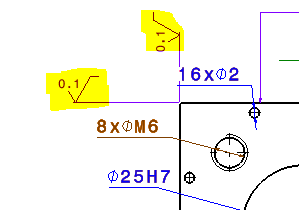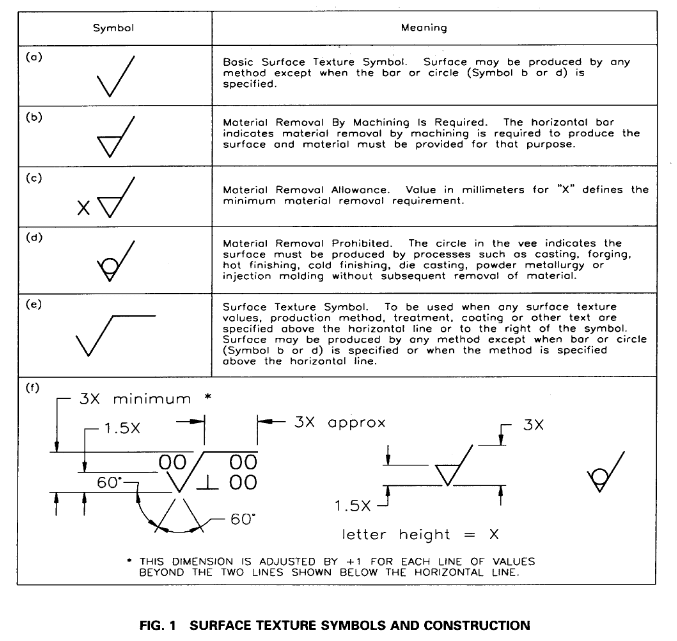Hi there,
I got some parts machined from the workshop. In the drawings, I have detailed the surface roughness: 0.1 with the "tick" symbol.
The parts are rough, I can fill the valleys/peaks with the nail.
I'm thinking maybe I was not accurate enough with the drawing. Attached a capture. Should have I written Ra0.1 or was it clear?
thanks
regards,

I got some parts machined from the workshop. In the drawings, I have detailed the surface roughness: 0.1 with the "tick" symbol.
The parts are rough, I can fill the valleys/peaks with the nail.
I'm thinking maybe I was not accurate enough with the drawing. Attached a capture. Should have I written Ra0.1 or was it clear?
thanks
regards,



